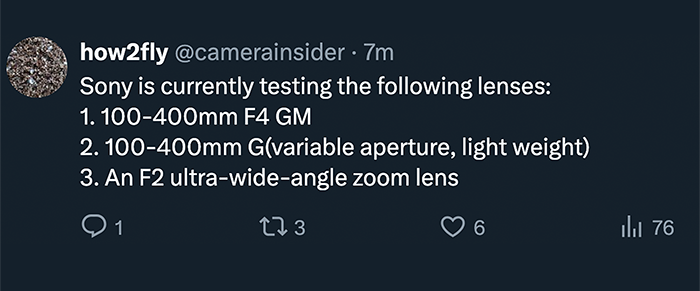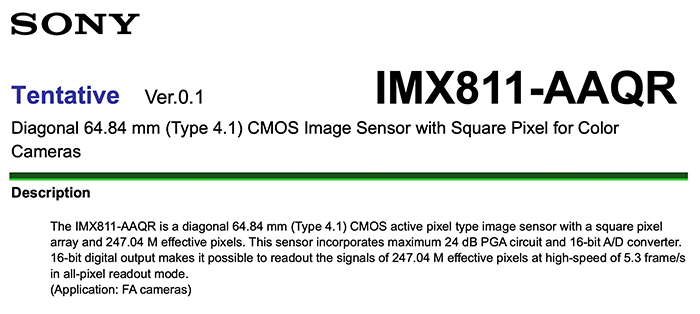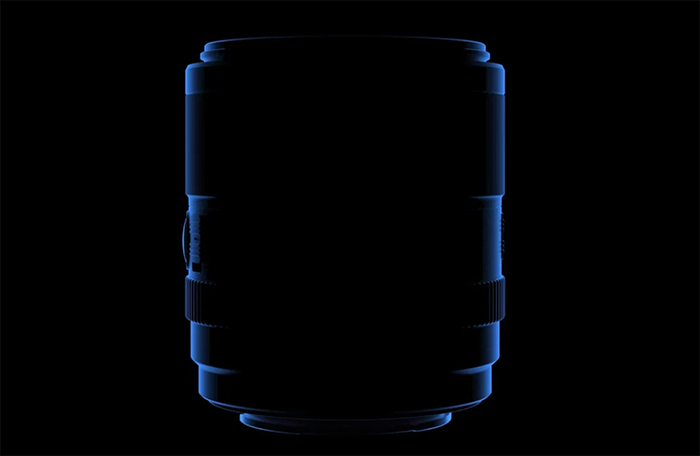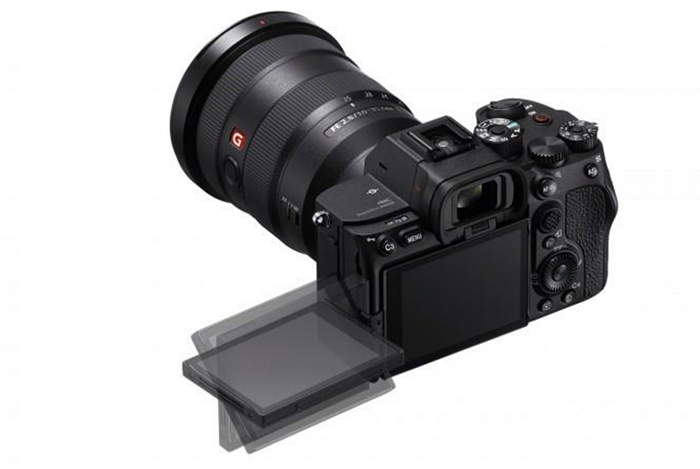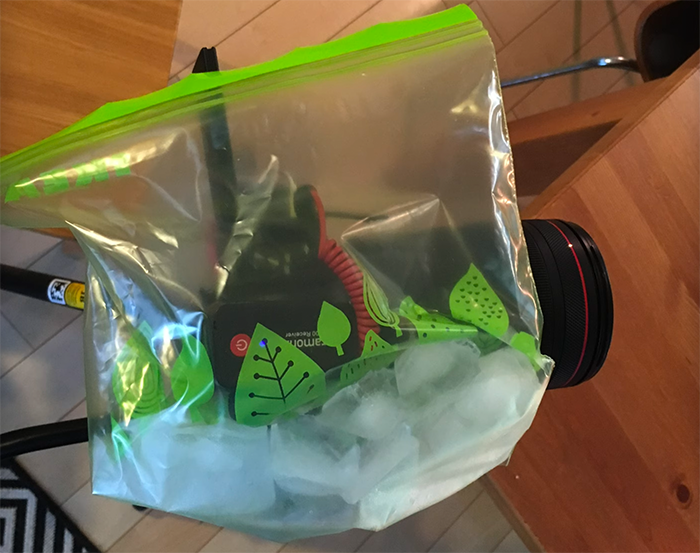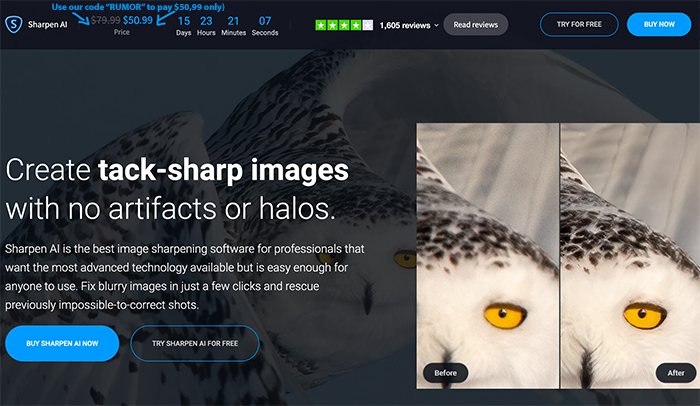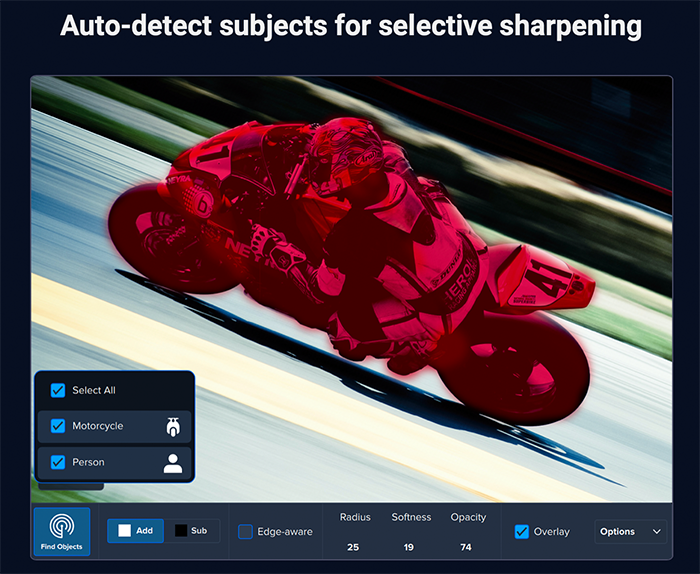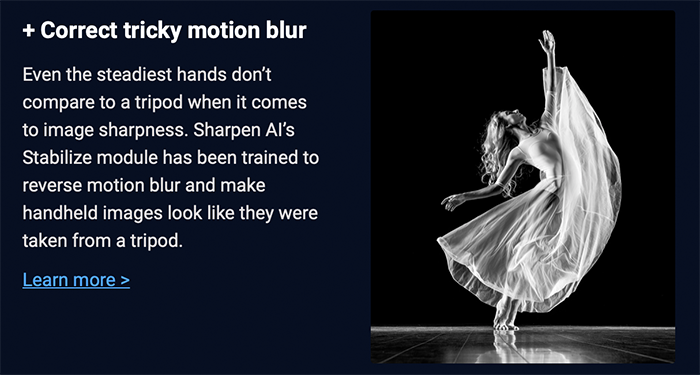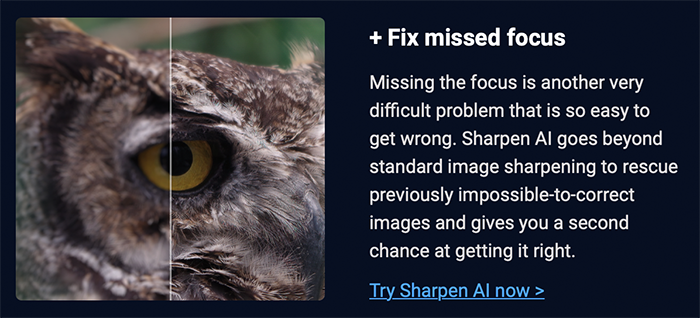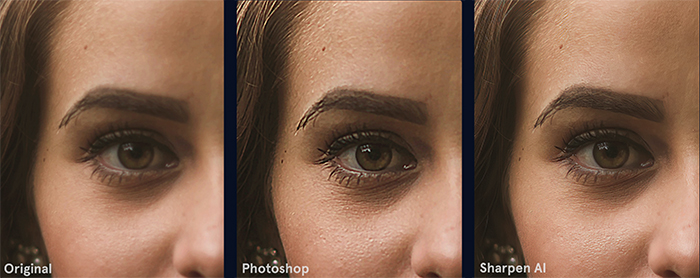Press text: Sony Announces World’s First CFexpress Type A Memory Card with High-speed Performance and Tough Durability
Sony A7sIII Preorders:
Sony A7sIII in USA at Adorama (up to $400 off with lens). BHphoto. Amazon. FocusCamera.
Sony A7sIII in EU at Fotokoch. Calumet DE. WexUK. Park UK.
New Sony A7sIII accessories:
You will also have to preorder the world’s first CFexpress Type A cards at Adorama, BHphoto. Amazon.
And of course the new Sony MRW-G2 CFexpress Type A/SD Memory Card Reader at Adorama and BHphoto.
This is the press text for the world’s first CFexpress Type A cards:
Sony Announces World’s First CFexpress Type A Memory Card with High-speed Performance and Tough Durability
- Up to 700MB/s[i] write speed and 800MB/si read speed
- Compact design and advanced functionality
- Effective heat dissipation design
- TOUGH specification construction ensures high durability and dust/water resistance
- Supported by File Scan Utility memory diagnostic software and Memory Card File Rescue data recovery software
Sony today announced a new generation of media — the world’s first[ii] CFexpress Type A memory cards, in both 80GB and 160GB, (CEA-G80T and CEA-G160T) as the most recent addition to Sony’s TOUGH specification cards. Delivering high transfer speed, durability and reliability, Sony’s new CFexpress Type A cards offer professional and stress-free performance for photographers and content creators.
High-speed Performance
Both the CEA-G80T (80GB) and CEA-G160T (160GB) use the latest flash memory control technology to achieve write speeds as high as 700MB/si and read speeds as high as 800MB/si, greatly reducing buffer clearing times for efficient, stress-free shooting. The CFexpress Type A cards are ideally suited for high-speed continuous shooting of more than 1,000 uncompressed RAW still images, as well as 4K 120p movie recording at high bit rates with the Slow & Quick Motion function[iii] when paired with new Alpha 7S III, which features two CFexpress Type A compatible media slots, that also support UHS-I and UHS-II SDXC/SDHC cards, for simultaneous media capture or extended continuous recording of even the highest bit rate data. Compliance with the VPG400 video performance guarantee profile specification ensures stable video recording at 400 MB/s—creating a smooth workflow for professional creators.
Effective Heat Dissipation Design
The new CFexpress Type A memory cards are equipped with a heat sink to transfer heat generated by the card to the exterior when transmitting large amounts of data at high speed, using Sony’s original alloy with excellent thermal conductivity. This enables users to record for long periods of time[iv] even when recording 4K 120p video internally.
Tough Durability
Keeping up with Sony’s TOUGH specifications, the new CFexpress Type A memory cards feature bending and impact resistance to protect precious data, even when frequently changing cards in the harshest environments. They are up to five times more resistant to drop impact and up to ten times more resistant to bending, compared to CFexpress Type A requirement standards, for outstanding durability. In addition, thanks to a specialised internal structure, they achieve an IPX7 water ingress protection rating and an IP5X dust ingress protection rating (IP57) for enhanced durability.
Reliability
Accidents happen. Sony’s Memory Card File Rescue[v] data recovery software allows users to recover accidently deleted RAW images and 4K video from memory cards. In addition, Sony’s Media Scan Utility[vi] media diagnostic software will be updated to support CFexpress Type A cards allowing users to diagnose and receive a warning before the number of read/write cycles approaches the card’s limit.
CFexpress Type A/SD Card Reader
Optimised for the new CFexpress Type A memory cards, the CFexpress Type A/SD card reader (MRW-G2) provides SuperSpeed USB 10Gbps (USB 3.2 Gen 2) transfer speed, via its USB Type-C® connector, allowing creators to establish an efficient workflow when dealing with high-resolution image files, 4K video and other types of high-volume data. When combined with a CFexpress Type A card, it allows users to transfer data approximately 2.8 times faster than with conventional media[vii]. The MRW-G2 card reader can be used with CFexpress Type A and SDXC/SDHC (UHS-I and UHS-II) memory cards.
Pricing and Availability
CFexpress Type A memory cards and card reader will be available in Europe in September 2020. See below for suggested retail pricing:
- CEA-G80T: €230
- CEA-G160T: €440
- MRW-G2 Card Reader: €140
For more information, please contact your local PR manager or:
David Edwards, Corporate Communications, Sony Europe
+44 (0)1932 817000 / david.edwards@sony.com
[i] Actual performance may vary and is dependent on environment and usage.
[ii]As of July 2020, Sony Survey
[iii] 10-bit depth and 4:2:2 color sampling, All Intra recording, when shooting in slow motion.
[iv]Depends on camera performance
[v] Does not support data recovery for Content Protected and Game Data files. Not all data may be recoverable.
[vi] MRW-G2 CFexpress Type A/SD card reader is required for CFexpress Type A card diagnosis. Diagnosis is not possible with readers from other manufacturers or a direct camera connection.
[vii] Sony test conditions. Compared to Sony’s SDXC UHS-II memory card.
